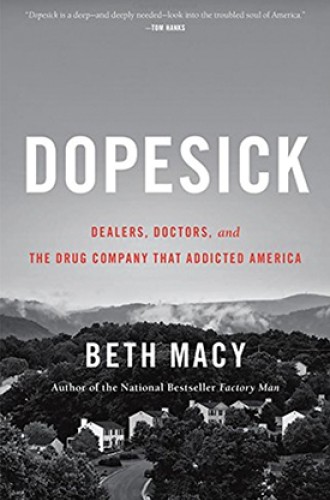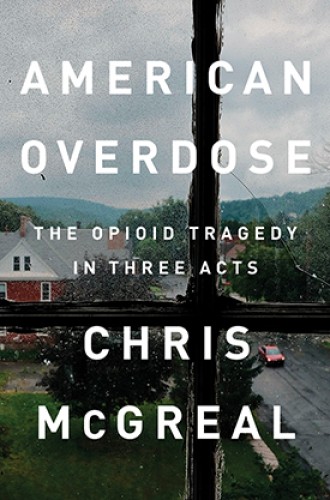How the American opioid crisis got so big
Two journalists unpack the history, the scale of the epidemic, and who’s to blame
In 1995, I attended a regional conference of community health centers in Lexington, Kentucky. While reviewing the data on premature death rates, one presenter described how some local residents of Kentucky’s mountainous eastern counties used prescriptions for pain medicine as commodities for sale or exchange. In the discussion that followed, a health professional in the audience accused the doctor of anti-Appalachian bias for suggesting such a thing. Taken aback, the doctor explained that misuse of mind-altering substances was hardly unique to Appalachia, a region whose history of despoilment at the hands of outsiders he knew too well, but his accuser would have none of it. The session ended with their disagreement unresolved.
That was a year before Purdue Pharma tossed napalm on the smoldering opioid epidemic by aggressively marketing its newly approved, potent, and—according to Purdue—all but impossible to abuse painkiller, OxyContin. Now, more than 20 years later, that testy exchange in Kentucky seems from another, shockingly naive, world. But it encapsulates essential features of this ongoing public health disaster: failure to learn from the past, slowness to recognize the nature and scope of the problem, and misplaced efforts to assign blame.
What the American past has to teach is recounted early in Beth Macy’s Dopesick. Following the Civil War, many injured veterans were given generous supplies of morphine and hypodermic needles to be used as needed for pain relief. Though the resulting epidemic of morphine addiction hit hardest in small towns of the former Confederacy, all regions and classes were eventually affected, making the problem difficult for newspapers and politicians to ignore. Nevertheless, attempts to impose even minimal regulations on morphine use were denounced as “class legislation” and “government overreach.”






